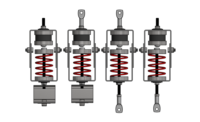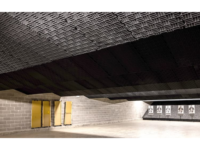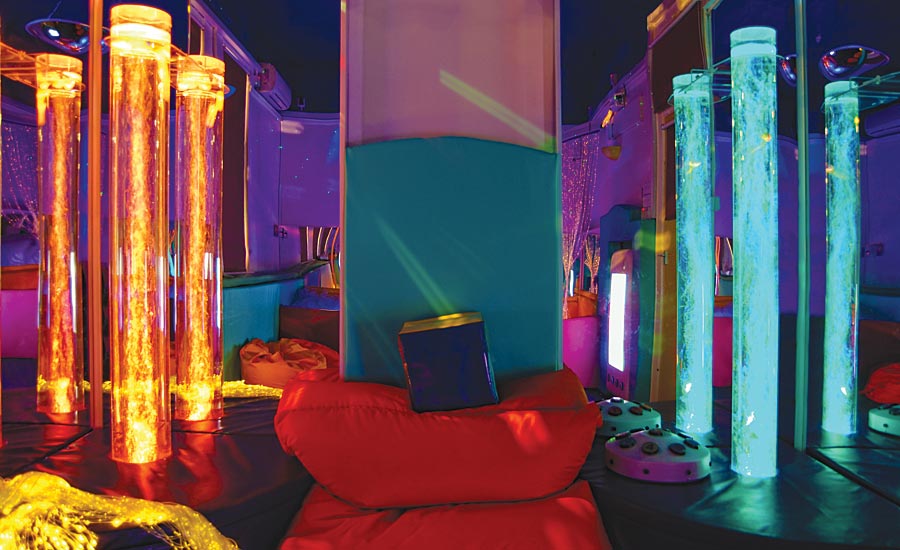Sound Isolation System Creates Safe Space
A Piece of Mind
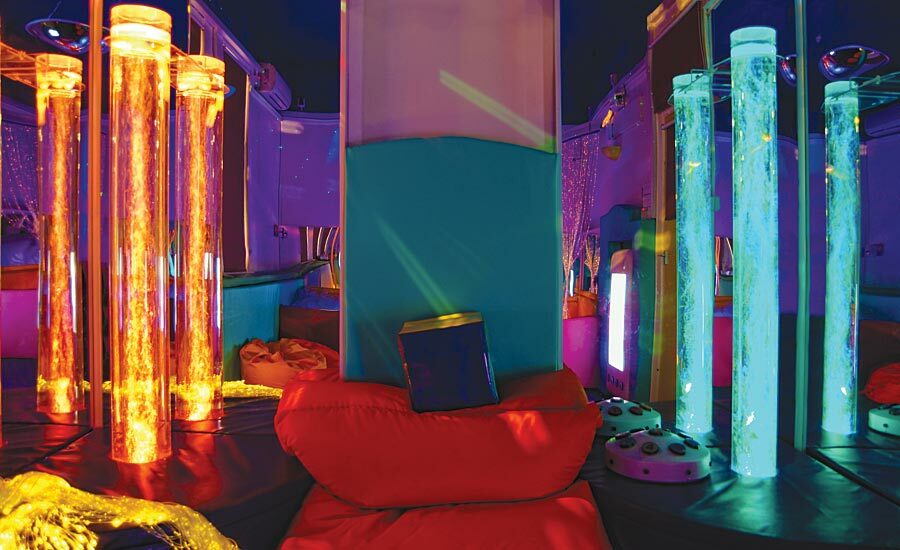
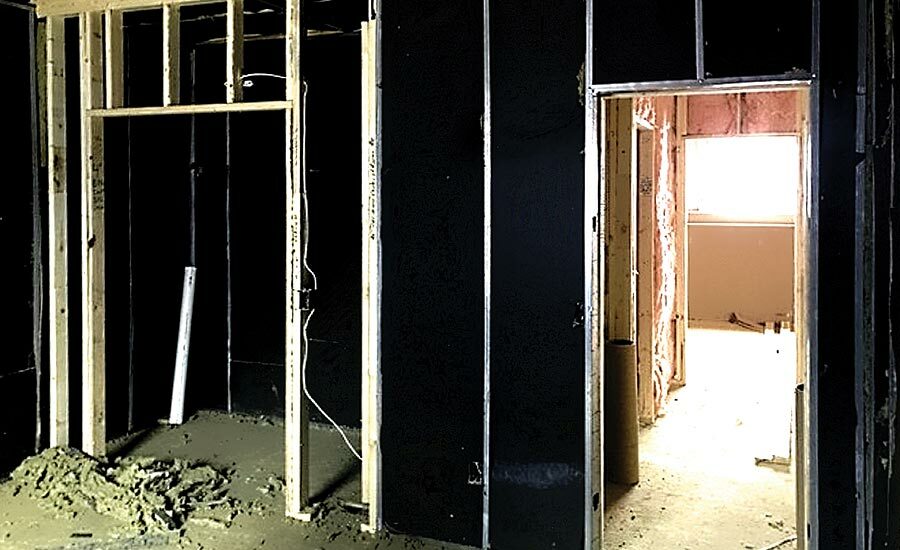
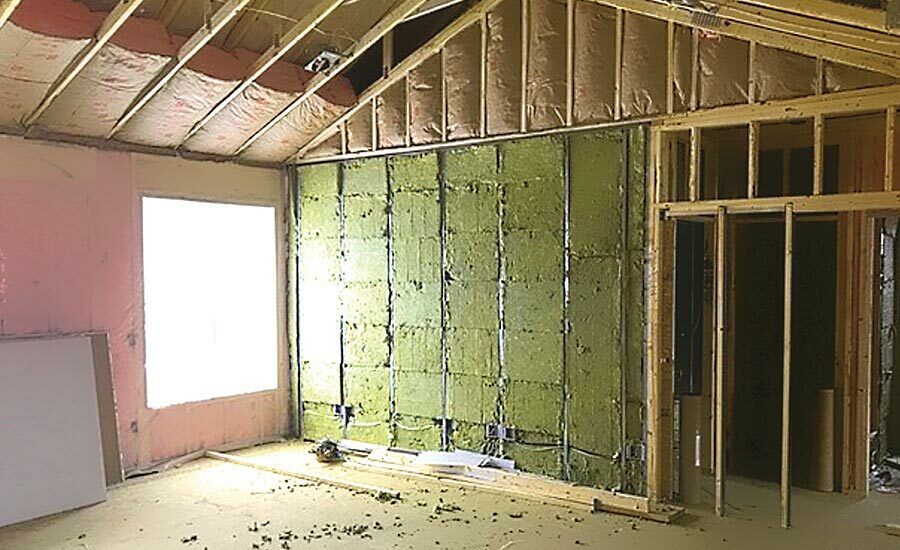
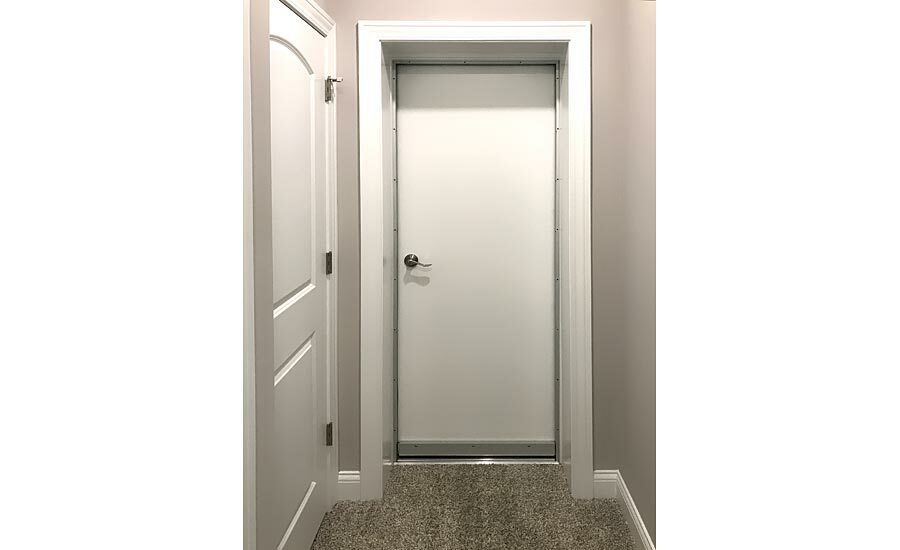




Acoustiblok, a maker of soundproofing and acoustical materials donated its award-winning Block 16 sound isolation system to a family with an autistic child to help provide the extreme level of noise reduction needed in the construction of a sensory room.
Since the sensory room’s completion, Craig Holbrook, the father said, “Our daughter not only loves the activities in her room, but her meltdowns have decreased in frequency, length and severity. She can focus more when we engage with her, and the entire household has benefited from her having a professionally engineered soundproof sensory room.”
The Holbrooks had been thinking about building a custom-made sensory room in their home since they toured one at their daughter’s school. The moment they knew they had to move on it was when they saw how much fun Cailyn had and how much more active she was in the room. She loved the colored lights, swing and bubble machine. These were things they wanted to incorporate in their own sensory room. The sound reduction component was something they wanted to incorporate due to observations they made about their daughter; her desire to wear headphones and cover her ears, her meltdowns triggered even by children playing and her desire to run away from sounds.
A truly soundproof sensory room turned out to be the perfect solution for the family. Common loud noises in the neighborhood such as lawnmowers, leaf blowers, traffic, car horns, neighbor’s parties, kids playing, TVs and stereos could make Cailyn upset and even her younger brother would rarely have friends over because of the concern of too much noise.
A current study led by occupational therapists at Philadelphia’s Jefferson School of Health Professions concluded that children in the sensory integration group scored significantly higher on attaining their goals. In addition, standardized tests showed that the children receiving sensory integration therapy required less assistance from their parents in self-care and social situations. It is speculated that by changing how sensations are processed by the brain; that autistic children are better able to make sense of the information they receive and improve its usage when participating in everyday tasks. This both stimulating and calming environment has a relaxing effect on children who cannot be still while helping direct attention of children less energetic or unfocused.
What is Autism Spectrum Disorder?
The Centers for Disease Control and Prevention estimates autism’s prevalence as 1 in 68 children in the United States. Autism Spectrum Disorder encompasses a range of conditions characterized by some degree of impaired social behavior and communication, a narrow range of interests and hypersensitivity to certain stimuli. Children with autism often experience ordinary stimuli as unpleasant, confusing and even painful.
“Sensory Defensiveness”
Recent studies show that up to 65 percent of autistic children are sensitive to noise. This noise sensitivity can increase anxiety levels, lead to panic attacks, self-harm, long-term health consequences and unnecessary ER visits. Hypersensitivity to sound (or any other sensation) is termed “sensory defensiveness.” Treatment can help, but the condition is life long and cannot be cured. An estimated one third of people with autism remain nonverbal and about one-third have an intellectual disability. Certain medical and mental health issues frequently accompany autism. These include sleep disturbances, attention deficit and hyperactivity disorder (ADHD), anxiety and phobias, thus exasperating the symptoms. Many doctors and other healthcare professionals now recommend integrating sensory rooms in homes, clinics, hospitals, schools and even airports for those with autism and sensory processing disorder. Always on the forefront, Delta recently opened sensory rooms at numerous airports in both the U.S. and the U.K.
What is a sensory room?
First developed in the Netherlands in the 1970s, a sensory room is a place for decompression and tranquility, where specific skills can be engaged and enhanced in a playful/desirable non-threatening environment. It can often help isolate specific senses, reduce overload and soothe an autistic child having a panic attack or feeling overwhelmed. Sensory rooms can also be used as safe-play rooms for positive-reinforcement for autistic children.
Sensory room items usually include visual stimuli (mirrors, lights, colors), auditory stimuli (sound such as music), tactile objects (kinetic sand, balls with bumps, fuzzy/soft/silky), proprioception (awareness of body-anything that allows the person to be comforted/soothed via pressure such as bean bag chairs, weighted vests and/or blankets, squishy beds or sofas, therapy balls), and vestibular (swings, slides, balance boards, rocking horses, hammocks). Moreover, swinging has been found to have a strong effect on the brain’s ability to process and use sensory information. Motor skills can also be developed as well as the sense of smell (scented oils, scented candles). Taste stimulus can also be added under supervision (a variety of foods, liquids, gum or textured food).
Who can benefit from a sensory room?
In addition to those with autism, sensory rooms have been found to help individuals with ADHD, dyspraxia, adults and children with sensory processing disorders, learning disabilities and dementia. The equipment in the room can vary as with the needs of the person(s) using it.
The Sensory Room Construction
The sensory room project actually began when the family put their old house for sale on Memorial Day weekend of 2016 after a long weekend of partying went on at their next-door neighbor’s. They knew then they really needed to find a quiet neighborhood and build a special sensory room to benefit the entire family.
After finding the right neighborhood, they began construction of their new home. Keeping sounds from entering the sensory room as well as stopping the noise from traveling outside the room was the goal. For the exterior part of the house, QuietFiber (QF-4), with several advantages to fiberglass, was installed in the exterior-framing members. A 2-inch air gap was left to allow for an unsupported layer of Blok 16 to hang in this air gap. Then the interior wall of the sensory room was erected; QuietFiber was again installed into the walls stud bays. Blok 16 was then installed on the face of the interior walls framing. To finish off the wall, two layers of 5/8-inch gypsum were installed. The ceiling construction required QuietFiber to be pressure fit in between the roof trusses, two layers of Blok 16 and two layers of gypsum.
The floor of the room as well as the basement required QuietFiber and Acoustiblok applications including high cut pile carpet with heavy padding. The family ultimately made some budgetary concessions on the construction (hat channel and resilient isolation clips were eliminated), and a more economical door and window were installed. These increased the sound transmission to a degree, but it turned out to be minimal.
“We battled with the balance of wanting a soundproof room and it being for a child,” says Holbrook. “We ultimately made some concessions on a door and including a window and reducing STC rating for size but the isolation system performance is amazing. At one point, my brother and I were installing the swing mount and I was in the attic, making sure we were hitting the studs just right. We were yelling at each other on each side of the wall and having trouble hearing each other. Ultimately, I called him on the phone.”
Shawn Saathoff, executive vice president of Acoustiblok and the chief consultant on the project advises anyone interested in building a sensory room to create a pre-construction design/plan with experienced experts in the acoustical field, and work with a builder that is willing to manage the details needed to gain the best performance out of the design. Sensory rooms are different in that you are trying to keep the sounds from outside the home from entering the room. This can pose big challenges with the ceiling and exterior walls.
“Cailyn loves the room,” says Holbrook. “She can control the light colors. She is often in the swing or playing with her sand. On bad days when she is stressed, she prefers a small ‘isolation corner’ in the closet where she can remove herself from any stimulation and calm down. The window is one of her favorite places to sit. My family can be extremely loud and our living room is on the other side of Cailyn’s wall but it doesn’t bother her at all now. My son is so happy. He can now have sleepovers. In our first month in the house, he had two friends spend the night.”
Looking for a reprint of this article?
From high-res PDFs to custom plaques, order your copy today!



